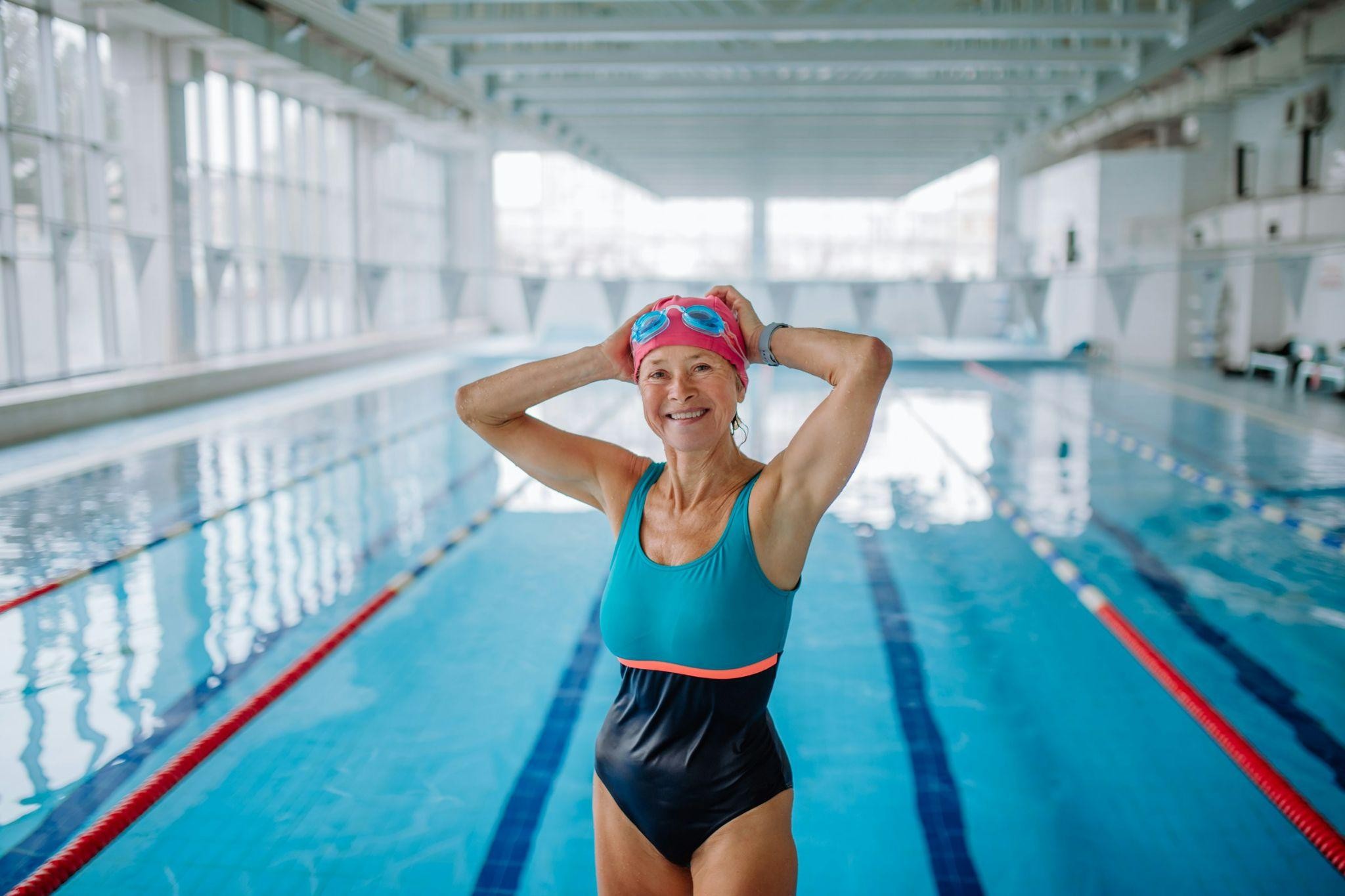Public swimming pools provide an excellent opportunity for recreation, fitness, and relaxation. However, ensuring that these pools meet proper safety and hygiene standards is essential for protecting your health. In New Zealand, pool operators must adhere to strict regulations set by local councils and health authorities. Still, if you or your child wishes to learn to swim, you should be aware of what to look for to determine whether a pool is well-maintained and safe for use.
1. Water Clarity and Cleanliness
One of the easiest ways to assess a pool’s safety is by checking the clarity of the water. A well-maintained pool should have crystal-clear water, allowing you to see the bottom and any drains or tiles. If the water appears murky, cloudy, or has an unusual colour, it may indicate improper filtration, chemical imbalances, or contamination.
What to check:
- You should be able to see the pool’s floor and lane markings clearly.
- No visible debris, algae, or floating matter should be present.
- The water should not have an oily film or an excessive amount of foam on the surface.
2. Proper Chemical Balance
New Zealand swimming pools must follow water quality guidelines to ensure safe chemical levels. Chlorine and pH levels play a crucial role in killing bacteria and preventing the spread of infections.
Recommended chemical levels for public pools:
- Chlorine: 1.0–3.0 parts per million (ppm) for standard pools; higher for spa pools.
- pH level: Between 7.2 and 7.8 to maintain proper sanitation.
- Alkalinity: 80–120 ppm to prevent pH fluctuations.
How to check:
- Many pools display their chemical readings near the entrance or on notice boards. If not, you can ask the staff about their testing schedule.
- Strong chlorine odours are a bad sign. While a slight smell is normal, an overwhelming chlorine scent can indicate a buildup of chloramines, which means the pool may not be properly disinfected.
- If your skin, eyes, or nose feels irritated shortly after entering the pool, the water balance may be off.
3. Pool Filtration and Circulation System
Filtration and circulation systems help keep pool water clean by continuously removing dirt, oils, and microorganisms. If the system is not functioning correctly, harmful bacteria and debris can accumulate quickly.
What to observe:
- The pool’s circulation system should always be running during operating hours.
- Pool skimmers, drains, and jets should be actively pulling in and pushing out water.
- There should be no stagnant areas where dirt and debris settle.
- The waterline (where the water meets the pool walls) should be free of scum or buildup.
4. Hygiene Practices and Pool Rules

Responsible hygiene practices by both pool operators and swimmers significantly impact the safety of a public swimming pool.
What you should expect from pool management:
- Clear signage outlining pool rules, including showering before entering the pool and avoiding swimming when unwell.
- Regular cleaning schedules, including disinfection of high-touch areas like handrails, changing rooms, and pool ladders.
- Hand sanitiser and foot baths in some facilities to prevent contamination.
- Lifeguards and staff enforcing hygiene rules.
What you should do as a swimmer:
- Always shower before entering the pool to remove sweat, body oils, and cosmetic products.
- Avoid swimming if you have an infectious condition such as diarrhoea, skin infections, or a respiratory illness.
- Encourage children to take regular bathroom breaks and always wear swim nappies if necessary.
5. Lifeguard Presence and Safety Equipment
A safe public pool should always have lifeguards on duty, particularly in deep water areas and during peak hours. Lifeguards play a crucial role in ensuring swimmer safety and responding to emergencies.
Things to check:
- Are lifeguards visibly present and actively monitoring the pool?
- Are lifeguards well-trained, alert, and equipped with rescue gear?
- Does the pool have easily accessible safety equipment, such as life rings, first aid kits, and defibrillators?
6. Changing Facilities and Pool Surroundings
The cleanliness of the pool surroundings, including changing rooms and shower areas, can indicate how well the entire facility is maintained. Dirty, mouldy, or slippery floors can be a breeding ground for bacteria and pose slip hazards.
What to look for:
- Floors should be dry or have proper drainage to prevent standing water.
- Changing rooms should be cleaned regularly, with no visible mould or foul odours.
- Lockers, benches, and showers should be in good working condition.
- Poolside areas should be free from clutter and trip hazards.
7. Waterborne Illness Prevention

Public pools can sometimes become breeding grounds for waterborne illnesses such as Cryptosporidium, Giardia, and Legionella. These bacteria and parasites can cause stomach infections, skin rashes, or respiratory issues.
How to reduce your risk:
- Avoid swallowing pool water.
- Rinse off after swimming to remove residual chlorine and bacteria.
- Report any signs of contamination (such as faecal incidents) to pool staff immediately.
8. Compliance with New Zealand Pool Safety Regulations
New Zealand has strict health and safety regulations for public pools to ensure they are safe for users. Pool operators must follow guidelines set by Water New Zealand and local health authorities.
Key requirements include:
- Regular water testing and chemical balancing.
- Adhering to safety protocols for pool depth markings and lifeguard presence.
- Maintaining clean and hazard-free facilities.
- Following guidelines for managing pool accidents and contamination events.
To check if a public pool complies with these standards, you can look for certifications or visit the pool’s website for their compliance status.
Final Thoughts: How to Make an Informed Choice
While public pools in New Zealand are generally safe due to strict regulations, not all facilities are maintained equally. By knowing what to look for—clear water, balanced chemical levels, functioning filtration systems, hygienic facilities, and present lifeguards—you can make informed decisions about where to swim. If a pool does not meet these standards, it is best to voice management concerns or choose an alternative facility.
Ultimately, being proactive about pool safety ensures a better swimming experience for everyone, reducing the risk of infections and accidents while allowing you to enjoy the many benefits of water activities with peace of mind.

